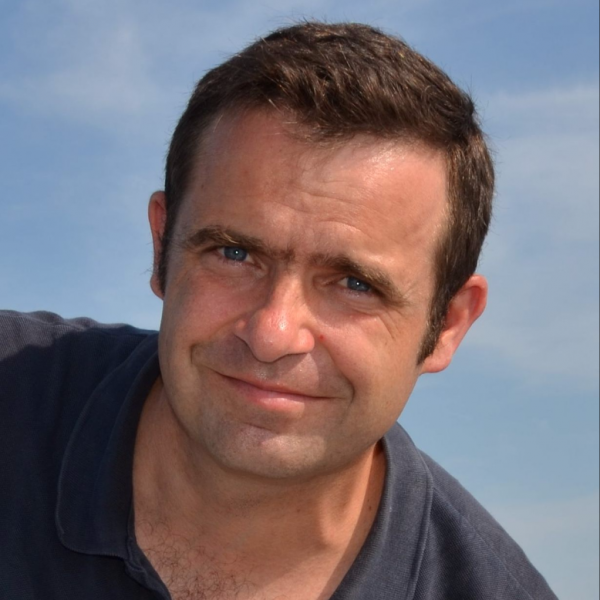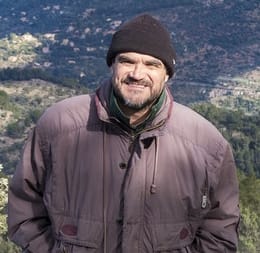In the late afternoon of the 19th July, a team from Palombar and a VCF expert managed to catch one adult Egyptian vulture at the supplementary feeding point in Bruçó, using a custom build trap, as part of the LIFE RUPIS project.
The bird – seemingly a 4th year, as it still retained some darker feathers, was immediately tagged with a GPS tag by Lubomir Peske, a Czech ornithologist working for the VCF. This tag will provide the project with valuable information about the detailed movement of this individual. Blood samples were collected and sent swiftly to IREC, a Spanish specialized lab, not only for sex determination but also to check lead and pother heavy metal levels in the blood.
This is the fifth bird tagged within the LIFE RUPIS project. One bird, RUPIS, was captured and tagged last year. It is now a 4th year, and has been roaming the area widely. The second bird – a female called Poiares, was found weakened and was released after rehabilitation a few weeks ago. It is almost certainly breeding on the Portuguese side of the Canyon.
Then, one month ago two birds have been captured and tagged by Lubomir and a team from ATN and SPEA in Escalhão – these birds are probably also breeding on the Spanish side of the Douro.
A preliminary analysis of the movements of these birds is providing us key information about preferred foraging areas – watch this space for more news shortly.
The bird now captured and tagged is probably non-breeding – not only because it was an immature but also according to its movements and behavior around the Bruçó supplementary feeding site – it often roosted there rather than provisioning any nest site. It will be named after confirmation of its gender
You can follow the movements of some of these birds at our website here – https://www.4vultures.org/our-work/monitoring/egyptian-vulture-online-maps/
The LIFE RUPIS project aims to implement actions to strengthen the populations of the Egyptian vulture (and the bonelli´s eagle) at the trans-border Douro, by reducing the mortality of these birds and increasing their breeding success. The Egyptian vulture is the smallest vulture in Europe, and it is classified as “Endangered” – in Europe its populations have declined by 50% over the last 40 years.
The project includes equipping electric lines against electrocution, several actions that aim to minimize the threat of illegal poisoning, targeted management of over 1,000 hectares of important habitats for the species and also the creation of a network of supplementary feeding stations.
The project is implemented by the VCF and partners, including SPEA (BirdLife in Portugal), ATN and Palombar (regional conservation organisations in NE Portugal), the Junta de Castilla y Leon & the Fundación Patrimonio Natural de Castilla Y León, the Portuguese electricity distributor EDP-D, the Portuguese statutory conservation agency ICNF and the Portuguese environmental police force (GNR), and is co-funded by the MAVA Foundation.
Photos: Palombar




